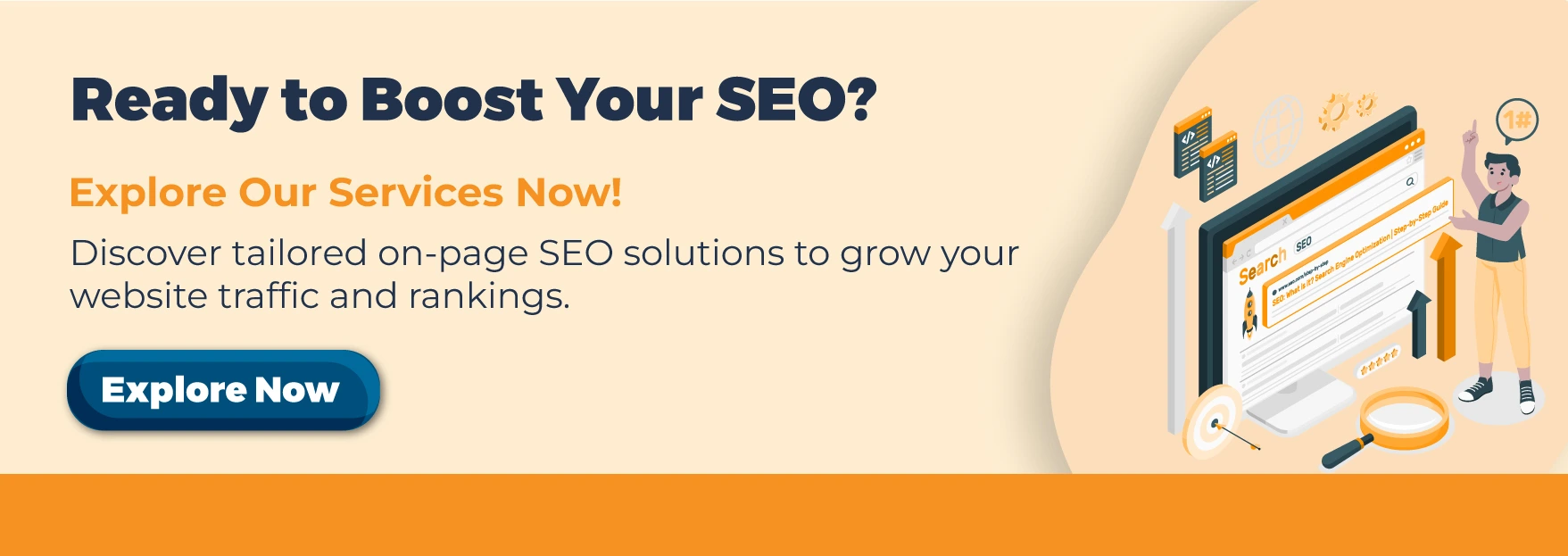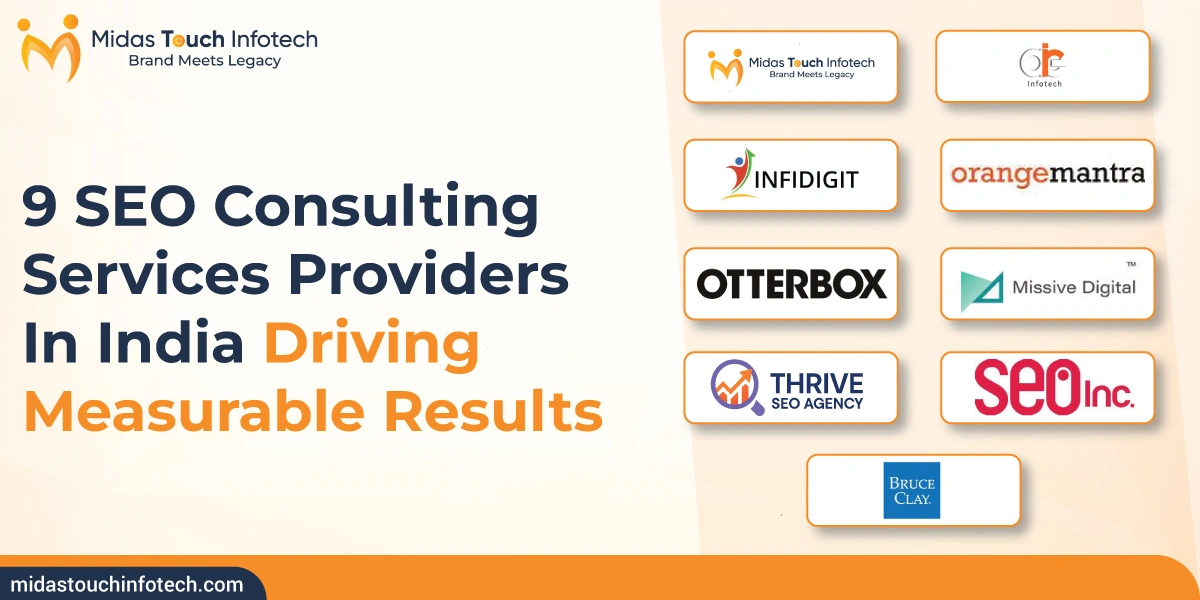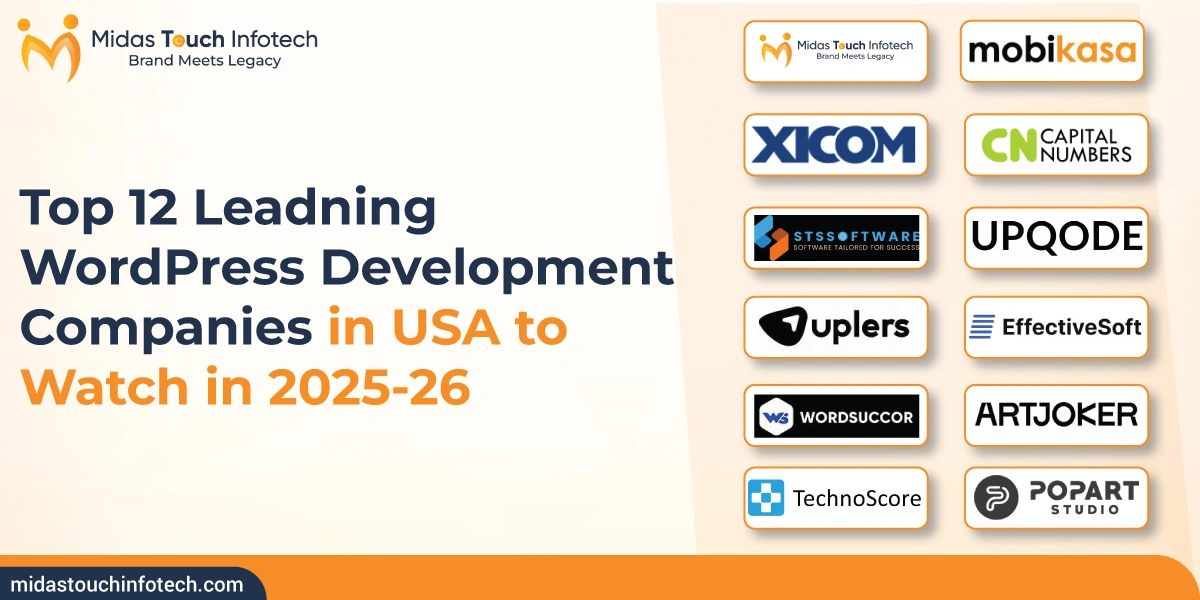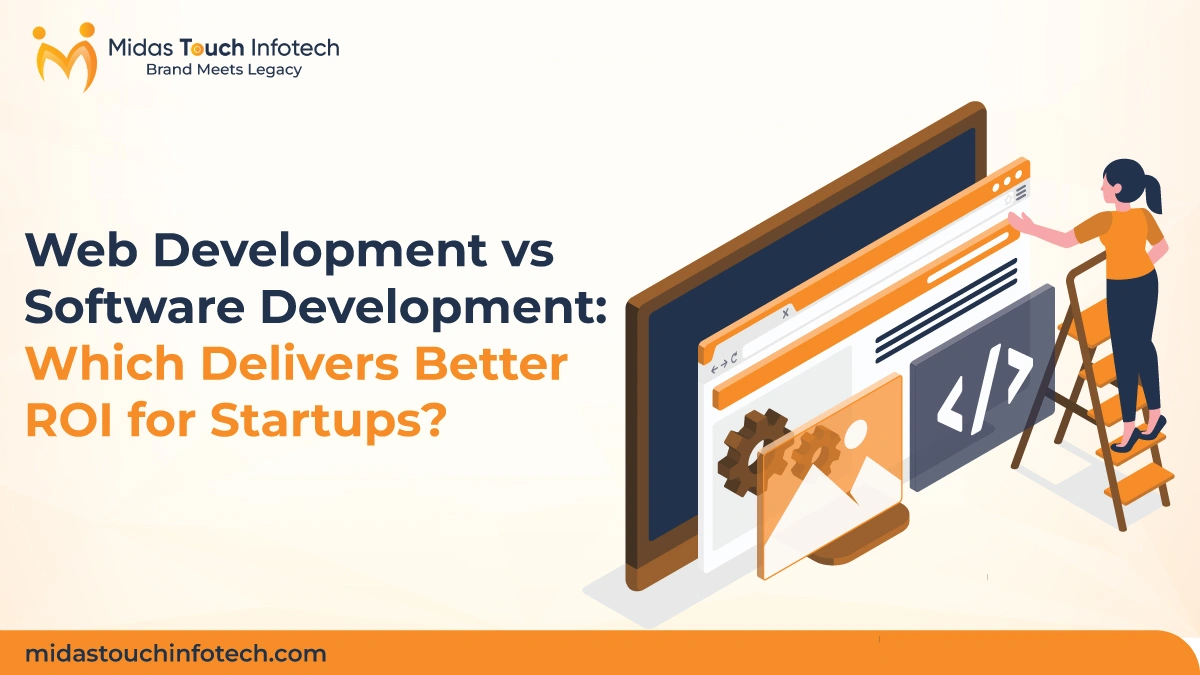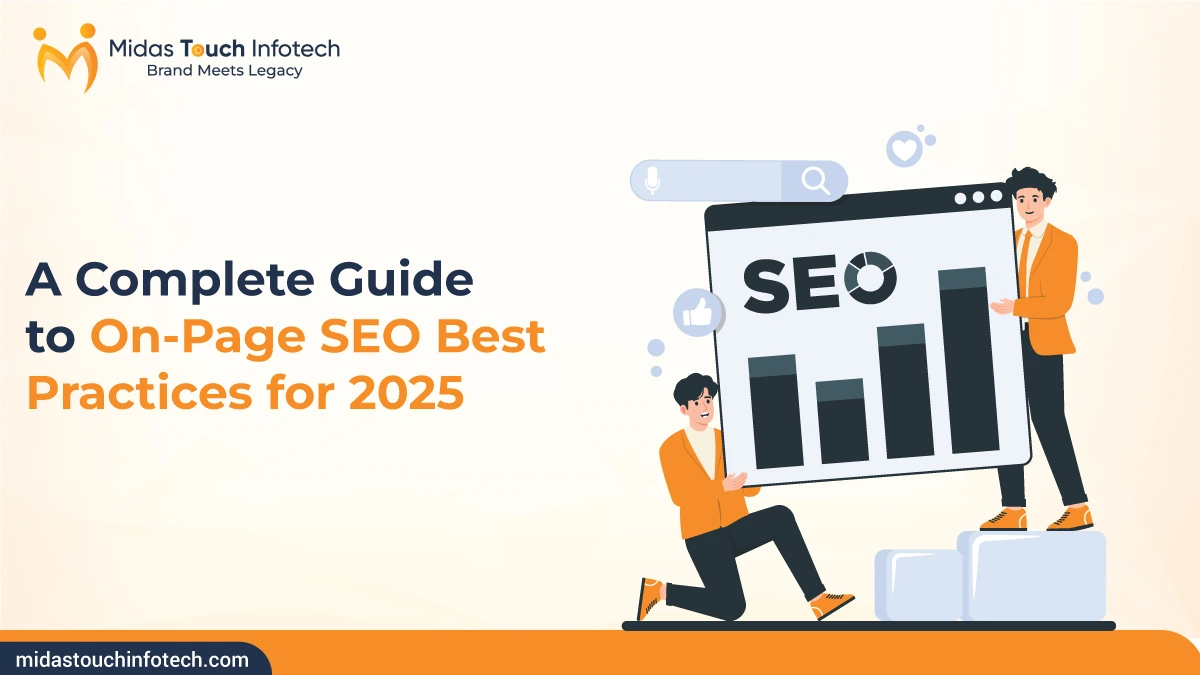
In the dynamic world of digital marketing, staying ahead of the curve is essential, especially when it comes to on-page SEO best practices. With Google’s algorithm constantly evolving—over 500 to 600 updates annually—optimising your website has become more sophisticated than ever. According to recent data from BrightEdge, organic search drives approximately 53% of all website traffic, underscoring the importance of effective SEO strategies in 2025.
Despite the rise of AI-driven search results and paid advertisements, organic visibility remains crucial. Google’s 2024 algorithm updates emphasised quality, relevance, and user experience more than ever. Businesses investing in affordable SEO services in India are increasingly focusing on enhancing on-page elements, reflecting these changes in their SEO approach.
Understanding On-Page SEO
❖ What Is On-Page SEO?
On-page SEO refers to optimising individual web pages to rank higher and attract relevant organic traffic in search engines. It involves improving both content and HTML source code.
Key components include:
- Title tags and meta descriptions
- URL structures
- Header tags (H1–H6)
- Keyword optimisation
- Image optimisation
- User-friendly content structure
Difference between On-page and Off-page SEO:
- On-page SEO: Directly related to elements on your website.
- Off-page SEO: External factors such as backlinks, social signals, and brand mentions.
Also Read: Free vs. Paid SEO Keyword Research Tools: Which Should You Choose in 2025?
❖ Why On-Page SEO Is Crucial in 2025
On-page SEO remains central to any effective SEO strategy because it directly impacts your website’s visibility in search results.
- Impact on Search Visibility: Pages properly optimised for keywords, intent, and structure consistently rank higher.
- Alignment with Google’s evolving algorithms: Google’s AI updates increasingly reward user-centric, optimised content.
- Importance of User Experience (UX) and Intent Matching: On-page optimisation ensures your content precisely meets user expectations, increasing dwell time and reducing bounce rates.
Core Elements of On-Page SEO in 2025
❖ Title Tags Optimization
Title tags remain one of the most critical elements for 2025 on-page SEO best practices.
- Ideal Title Tag Length: Keep between 50–60 characters to avoid truncation in SERPs.
- Use of Primary Keywords: Place primary keyword near the beginning.
- Incorporating Branding and CTR Hooks: Add compelling phrases or numbers to encourage clicks (e.g., “Top 10,” “Complete Guide”).
❖ Meta Descriptions
Meta descriptions directly impact click-through rates (CTR).
- Writing Compelling, Concise Summaries: Ideal length between 150–160 characters.
- Encouraging Clicks While Maintaining Accuracy: Include a clear call-to-action (CTA) without overselling.
❖ URL Structure
A clear, SEO-friendly URL helps search engines and users understand your content.
- Short, Descriptive URLs: Keep URLs concise and relevant (e.g., example.com/on-page-seo-best-practices-2025).
- Use of Hyphens, Lowercase Letters, and Keywords: Separate words clearly, avoid underscores.
❖ Header Tags (H1-H6)
Header tags structure your content and signal its importance to search engines.
- Proper Hierarchy for Content Structure: H1 for title; H2 and H3 for subheadings.
- Use of Keywords and Semantic Relevance: Integrate primary and related keywords naturally.
❖ Keyword Optimization
Effective keyword optimisation remains at the heart of on-page SEO best practices.
- Targeting Primary and Secondary Keywords: Strategically use variations and synonyms.
- Natural Keyword Placement: Integrate keywords naturally, especially in titles, headings, and introductory paragraphs.
- Avoiding Keyword Stuffing: Excessive use harms rankings; aim for contextual relevance.
- Semantic SEO and Topical Authority: Cover topics comprehensively, enhancing topical authority through related keywords.
❖ High-Quality Content
In 2025, quality content means adhering to Google’s E-E-A-T guidelines: Experience, Expertise, Authoritativeness, and Trustworthiness.
- User Search Intent Alignment: Provide clear, valuable answers directly matching user queries.
- Use of Visuals, Examples, and Data: Increase engagement with relevant infographics, images, and statistics.
- Readability and Formatting: Short paragraphs, bullet points, and concise sentences improve readability.
Advanced On-Page SEO Best Practices for 2025
❖ Semantic SEO and Topic Clusters
Search engines now rely heavily on Natural Language Processing (NLP) and semantic analysis.
- Using NLP and Entity-Based SEO: Incorporate synonyms, related phrases, and entity-specific keywords.
- Internal Linking Within Topic Clusters: Link related articles strategically to enhance topical authority.
❖ Structured Data (Schema Markup)
Structured data helps search engines better understand your content.
- Types of Schema: Article, FAQ, Product, Review, Local Business, etc.
- How to Implement Using JSON-LD: Embed structured data directly into HTML via JSON-LD.
- Tools for Testing Structured Data: Google’s Rich Results Test and Structured Data Testing Tool.
❖ Image Optimization
Proper image optimization enhances page load speed and ranking potential.
- Descriptive Alt Text: Provide contextually relevant, descriptive alt text to assist visually impaired users and SEO.
- File Naming Best Practices: Use descriptive keywords separated by hyphens (e.g., seo-best-practices-2025.png).
- Compression and Next-gen Formats: Adopt WebP or AVIF formats for faster loading times.
❖ Internal Linking Strategy
Internal linking distributes page authority and guides users to relevant content.
- Linking Contextually and Strategically: Ensure internal links add genuine value.
- Using Descriptive Anchor Text: Clearly describe linked pages.
- Prioritizing High-Performing Pages: Link strategically to your most valuable content.
❖ Mobile-Friendliness and Core Web Vitals
Mobile-first indexing makes mobile optimization non-negotiable.
- Responsive Design: Ensure consistent experience across devices.
- Improving Core Web Vitals (LCP, FID, CLS): Enhance user experience metrics critical to Google’s ranking.
- Tools: Regularly audit with Google Page Speed Insights and Lighthouse.
Also Read: Most Effective Types of Link Building for SEO That’s work Today
Technical Considerations That Impact On-Page SEO
❖ Crawlability and Indexing
Ensure search engines easily access and index your content.
- Using robots.txt and Meta Robots Tags Correctly: Clearly define crawl rules and indexing permissions.
- Creating and Submitting XML Sitemaps: Regularly submit updated sitemaps to Google Search Console.
❖ Canonical Tags and Duplicate Content
Canonical tags help avoid duplicate content penalties.
- When and How to Use Canonical Tags: Specify primary versions of pages clearly.
- Avoiding Thin or Duplicate Pages: Consolidate similar content into comprehensive resources.
Monitoring and Updating On-Page SEO
❖ SEO Auditing Tools
Regular audits help identify issues quickly.
- Google Search Console: Track performance, indexing issues, and coverage.
- Screaming Frog: Comprehensive technical audits.
- Ahrefs/SEMrush/Sitebulb: Competitor analysis, keyword tracking, and content audits.
❖ How to Analyze and Iterate
SEO requires continuous analysis and improvement.
- Monitoring Organic Traffic and Rankings: Regularly check analytics and keyword positions.
- Updating Content Based on SERP Changes or Competitor Movement: Refresh outdated content frequently based on insights and market changes.
Final Thoughts on On-Page SEO in 2025
Staying current is the cornerstone of effective SEO. As Google continues prioritising high-quality, user-centric content, combining technical SEO, quality content, and user experience is more crucial than ever.
Additionally, engaging reliable SEO consulting services can help businesses navigate complexities effectively, ensuring consistent adherence to best practices. Ultimately, successful on-page SEO isn’t a one-time activity but a continuous process that adapts alongside evolving algorithms, user behaviour, and market dynamics.
By implementing these comprehensive 2025 on-page SEO best practices, you position your website effectively to drive visibility, organic traffic, and sustained online success.
